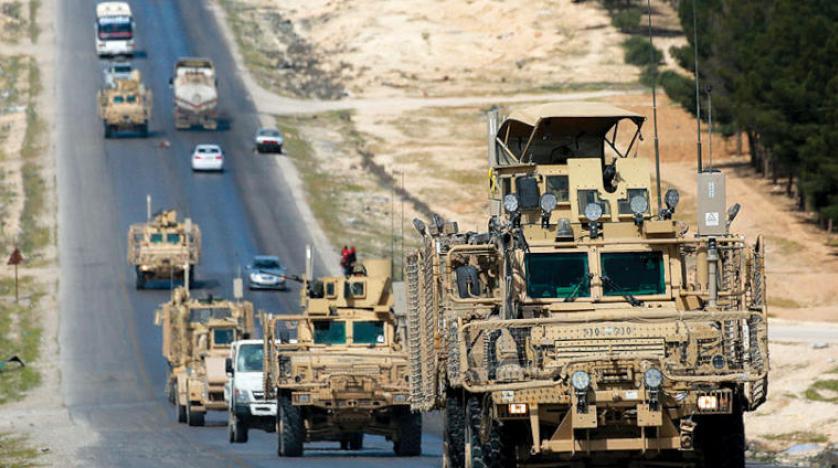Iran’s presence in Syria is subject to military and political pressure from the country’s four parts.
This pressure aims at pushing Tehran to gradually “reduce” its presence, leading to the withdrawal of its military forces and militias from areas controlled by the Syrian regime.
The first source of pressure is Syria’s eastern gate as the US decided to leave its forces east of the Euphrates River and Tanf base in the Iraqi-Syrian-Jordanian corner.
These areas, which make up one-third of the Syrian territory, witness an intensive US-led campaign to resolve the Kurdish-Kurdish tension and contain the potential of the Arab-Kurdish tension whether by holding secret meetings or forming a supreme body comprising the dignitaries of these regions.
It has also allocated funds to achieve stability, demine and reconstruct these areas after defeating ISIS to prevent Iran’s infiltration into the east of the Euphrates.
As Iran and its affiliates spread west of the Euphrates, the international coalition to combat ISIS intensified its efforts to train the Kurdish-Arab Syrian democratic forces and come up with local elements capable of maintaining stability.
Washington guaranteed the contribution of Britain, France, Germany, and other European countries in the coalition, both in the ground and air forces, especially after the extension of the memo signed between Washington and Moscow to avoid clashes in Syrian airspace.
Secondly, pressure emanates from Syrian regime-controlled areas, which constitute some 60 percent of the country’s territory, where Russians put efforts to control Iranian influence.
Militarily, Syrian elements loyal to Damascus or former opposition factions support Hmeimim base by forming the Fifth Corps as was the case for military forces affiliated with the Free Syrian Army and the Southern Front before the government regained control over the South Triangle near Jordan.
Moscow, for its part, supports the Tiger Forces, led by General Suheil al-Hassan, who has special relations with Hmeimim base.
According to reports, the Fifth Corps includes about 50,000 fighters, who receive their salaries, weapons, and ammunition from Hmeimim base.
The third pressure emerged as Moscow requested from hundreds of these fighters to go to north-west of Syria and engage in battles in Idlib.
Meanwhile, Iran and its militias were seen to be participating in Idlib’s battles either from Western Aleppo countryside or northern Hama’s gateways.
This has contributed to the transformation of Idlib’s battle from a quick battle into a “war of attrition” that lasted more than a month with “modest achievements.”
Russia, Iran and Turkey co-sponsor Astana talks in which the de-escalation agreement was concluded between Ankara and Moscow in September.
The three countries have deployed surveillance points in the “North Triangle,” which includes Idlib and Hama, Lattakia and Aleppo countrysides.
While many questions were raised on the reason why Iran was not involved in Idlib’s battle, Ankara showed determination to support opposition and Islamic factions with weapons, information, and maps.
It also kept the control elements and responded to the Syrian bombing in order to stop the progress of the Syrian regime forces.
Russia continues to compete with Iran economically to gain major projects.
After obtaining a contract to operate Tartous port near the expanded Tartous base in response to Tehran’s decision to manage Lattakia port, Russia is considering investing in Damascus International Airport near the former headquarters of the Iranian forces in Syria, which has been transferred due to Israeli raids from the airport to the country’s northern area.
From here comes the fourth pressure, which is translated in Israel’s raids on Iranian sites in Syrian territory.
Israel continued to bombard these “sites” even though Damascus has received the S-300 from Moscow and despite previous Syrian and Iranian objections.
Washington, for its part, has shown support for Israeli raids as “one of the tools of military pressure on Iran,” according to US officials.
The issue will be tackled at the meeting between heads of the US, Russian, and Israeli national security councils that will be held in west Jerusalem late this month.
Responsibility for the information and views set out in this article lies entirely with the author.


